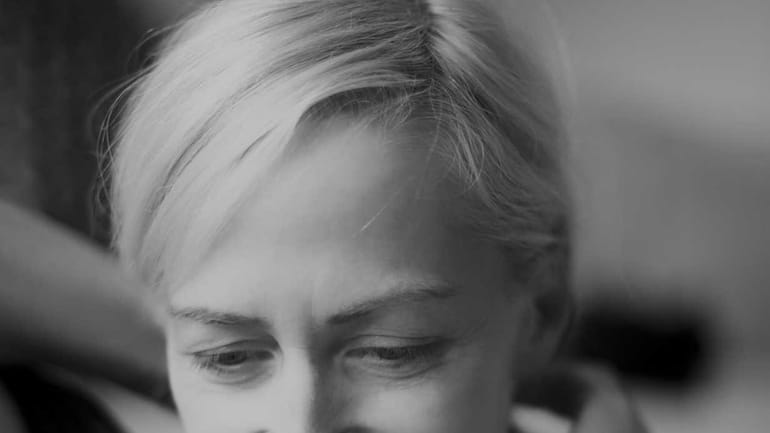Talking with Susan Minot, author of 'Thirty Girls'

Susan Minot, author of "Thirty Girls" (Knopf, February 2014). Credit: Huger Foote
"Thirty Girls" (Alfred A. Knopf, $26.95) is a complete departure for Susan Minot, whose earlier novels ("Monkeys," "Evening") are minimalist modern narratives about family and romantic relationships. Here, her topic is terrorist child abduction in Uganda, based on a true incident that occurred in 1996.
Esther is a Ugandan 15-year-old taken from her Catholic boarding school by the Lord's Resistance Army, a group that abducted about 30,000 children between 1989 and 2012 (the group's leader is currently in hiding in Congo). Jane is an American writer who goes to Uganda to research the story, traveling with a group of friends to the rehabilitation center where Esther is living after her escape. The novel alternates between their two narratives.
In 2000, Minot published a nonfiction piece about the girls, "This We Came to Know Afterward," first in McSweeney's, then in "The Best American Travel Writing 2001." We spoke to her about the role of fiction in shedding light on real-world atrocities.
Talk about your decision to novelize this story.
It had a big impact on me to do the original article; it was the first time I had written something to get information out there rather to explore a psychological truth. However, there was barely any response. I was disappointed, but I didn't forget about it. I went on, I moved to Maine, I got married, I had a child, I worked on painting and poetry, but I didn't forget about those girls. Five or six years later, when I sat down to write another book, it was still the most important thing.
There are two threads in "Thirty Girls": Esther's story is a kind of imagined memoir, vocalizing the experience of a victim, sort of like Dave Eggers' "What Is the What." The other thread follows the journalist Jane, a hypersensitive Joan Didion-type character, obsessed not only with the story she's covering but with her own existential issues.
While the story of the girls is what I was first compelled by, I didn't want to overload the reader with a totally relentless experience, only focusing on horrible things. I wanted to show how alternate stories go on in the same world, the same geographic place. Esther's story is profound because the stakes are so high, and usually that would be the only story told, because other kinds of struggle pale in comparison. I was challenging that notion. A struggle, to the person experiencing it, is a struggle.
It's a risky choice. Jane expresses it herself at one point: "How could she be thinking so lightly of love, here in a place where people's lips were cut off and girls were snatched out of their beds?" That seems be one of the central issues of the novel.
We all operate on many different levels. Our concerns aren't always appropriate, or morally elevated. The standard reaction to Jane is, Oh, you're privileged, what are you worrying about? This girl doesn't know if she's going to live another day. But comparing people's experiences doesn't prove anything or help us get closer to each other in any way.
It's an exciting moment in the book when Jane and Esther finally meet, and you see them through each other's eyes. Without revealing any spoilers, at the end of the book it's as if their worlds bleed into one another -- dramatic events occur that are almost hard to accept.
There are a lot of things that are unacceptable in the book. Things happen that you cannot believe -- but they happen. People live with these things, they survive, but survival is difficult. ... Even if, morally, people think that children are the first people who should be saved, in the real world, there's no incentive to save them.
One of the things that is particularly touching when you see these children is that even though they are like sponges, taking in everything, their lives altered forever, they also are incredibly resilient. You see how they adjust, how they carry on ... and it's heartbreaking. Again, a seemingly unacceptable thing.
Did you feel sad when you were writing the book?
Not so much sad, but exhausted, and determined to stick with it. Matisse said, "A good painting is like a comfortable armchair." This is not a comfortable armchair. But what's the charge of art? To comfort the disturbed and disturb the comfortable. I'm trying to do both.
